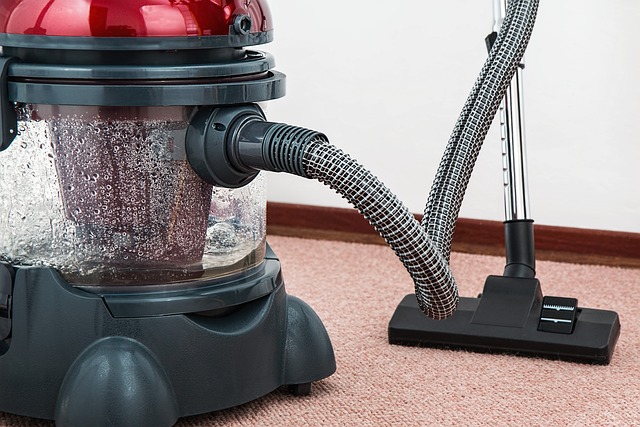Reviving Rugs: Eco-Friendly DIY Handcraft Projects for Recycling
In a world where sustainability is becoming increasingly crucial, the art of rug making stands out as a beautiful and creative way to breathe new life into old textiles. Imagine transforming worn-out clothes, leftover fabric scraps, or even discarded textiles into stunning rugs that not only add warmth to your home but also tell a story of recycling and creativity.
Why Choose Rug Making for Recycling?
Rug making is not just a practical endeavor; it’s a journey that invites you to connect with your materials in a profound way. By choosing to craft your own rugs, you are actively participating in reducing waste and promoting sustainability. Think of every piece of fabric as a potential treasure—one that can be woven into something both functional and beautiful. Each knot and stitch carries the energy of its previous life, making your eco-friendly rug a unique masterpiece.
Get Started with DIY Rug Making
Creating your own rug can be a simple yet fulfilling DIY project. First, gather your materials. You can use various sources, such as:
- Old t-shirts or jeans
- Fabric remnants from clothing projects
- Old curtains or bed linens
- Yarn and fibers from previous crafts
Once you have selected your materials, the next step is to choose a technique. There are several methods for creating rugs, each with its own charm:
Rag Rug
One of the most accessible techniques is the rag rug method. Simply cut your fabric into strips, braid or knot them together, and then stitch them onto a backing material. This method not only repurposes fabric but also adds a stunning visual and textured appeal to your finished product.
Latch Hooking
If you’re looking for something a little more intricate, consider latch hooking. It requires a special tool that allows you to knot yarn or fabric strips onto a canvas grid. The patterns you can create through this method are virtually limitless, and the results are often breathtaking.
Weaving
For those who want to dive deeper into handcrafting, weaving is a rewarding option. Using a simple loom or even a DIY version made from wood, you can weave strips of fabric into a cohesive rug. This traditional art form not only supports sustainability but also enhances your fiber arts skills.
Embrace Your Creativity
One of the most fulfilling aspects of DIY rug making is the freedom it offers. You are the creator, and the only limit is your imagination. Experiment with colors, textures, and patterns that resonate with your personal style. You might even consider inviting friends or family over for a rug-making party, turning what can be a solitary project into a collaborative and joyful experience.
Showcase Your Eco-Friendly Creations
Once you’ve completed your masterpiece, be proud to showcase your creation. Whether as a living room centerpiece, a cozy addition to your bedroom, or a unique aspect of your home decor, your handmade rug will remind everyone of the beauty and importance of recycling. They offer a warm touch and also spark conversations about sustainability and creativity.
As we tread towards a more eco-conscious society, rug making from upcycled fabric not only contributes to reducing waste but also allows us to express creativity in a multifaceted way. By taking on such projects, we not only craft but also challenge ourselves to think differently about how we perceive and use materials in our everyday lives.
